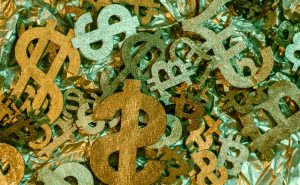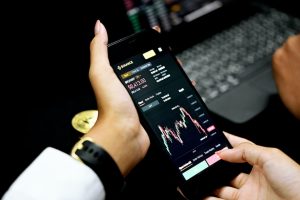Forex trading has become one of the most popular forms of investment in the global financial market. It is a decentralized market where currencies are traded 24 hours a day, five days a week. Retail traders, institutional investors, and banks all participate in the forex market. In this article, we will focus on how banks trade forex.
Banks are among the largest participants in the forex market, and they trade currencies for various reasons. Banks trade forex to generate profits, manage risks, and facilitate international trade. They also trade on behalf of their clients, including other banks, corporate clients, and governments.
Banks use different trading strategies to generate profits from the forex market. One of the most common strategies is arbitrage. This involves taking advantage of price discrepancies between different currency pairs or markets. For instance, a bank may buy a currency at a lower price in one market and sell it at a higher price in another market, making a profit from the price difference.
Another trading strategy used by banks is speculation. This involves taking positions in the forex market based on market analysis and forecasts. Banks use technical and fundamental analysis to identify trading opportunities and make trading decisions. Technical analysis involves studying past price movements and patterns to predict future price movements. Fundamental analysis, on the other hand, involves studying economic and political events that may affect currency prices.
Banks also use algorithmic trading to execute trades in the forex market. Algorithmic trading involves using computer programs to automatically execute trades based on predetermined rules and parameters. This allows banks to trade faster and more efficiently, and to take advantage of market movements before human traders can react.
Risk management is another important aspect of forex trading for banks. Banks manage risks by hedging their positions in the forex market. Hedging involves taking opposite positions in different markets to offset potential losses. For instance, a bank may buy a currency in the spot market and simultaneously sell the same currency in the futures market. This way, if the currency’s price falls in the spot market, the bank will make a profit from the futures market, reducing its overall losses.
Banks also manage risks by using derivatives such as options, futures, and forwards. These financial instruments allow banks to protect themselves against potential losses in the forex market. For instance, a bank may buy a currency option that gives it the right to sell a currency at a predetermined price in the future. If the currency’s price falls below that price, the bank can exercise the option and sell the currency at the predetermined price, reducing its losses.
Banks also trade forex to facilitate international trade. International trade involves the exchange of goods and services between countries, and banks play a crucial role in facilitating these transactions. Banks provide various financial services to their clients, including letters of credit, trade finance, and currency exchange. Banks use their expertise in forex trading to facilitate these transactions and ensure that their clients receive the best possible exchange rates.
In conclusion, banks trade forex for various reasons, including generating profits, managing risks, and facilitating international trade. Banks use different trading strategies, including arbitrage, speculation, and algorithmic trading, to generate profits from the forex market. They also use hedging and derivatives to manage risks and protect themselves against potential losses. Banks play a crucial role in facilitating international trade by providing various financial services to their clients, including currency exchange and trade finance.






